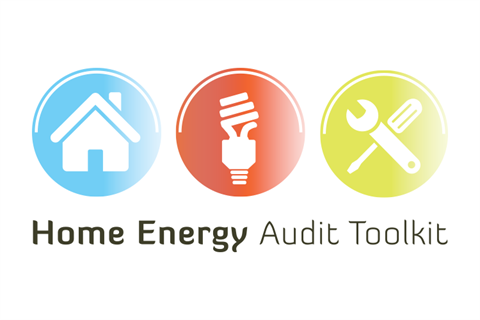Home Energy Audit Toolkit (HEAT)

You can check your home's energy use with a Home Energy Audit Toolkit (HEAT).
Hobart residents can borrow these for free from the Hobart Council Centre. HEAT has practical and inexpensive suggestions to help reduce your energy use, and tools to help you identify where your money is being spent.
HEAT Kit Hire form
Kits can be hired out by schools, along with extra resources and activity plans for teachers. Find out more here: Take it Home.
About HEAT
In a typical Tasmanian home, 50 per cent of electricity is used for heating, 25 per cent for hot water, 9 per cent for cooking, and 7 per cent for the fridge and freezer. However, every household is different and the HEAT can help you to understand your own household electricity use.
Each HEAT contains:
- the Power-Mate, which measures the electricity consumption of all electrical appliances with a standard 3-pin plug. It is useful for measuring the electricity consumption of appliances such as fridges, televisions, microwaves and computers when they are in use and in standby
- an infrared radiometer to check for leaks around fridge doors. It can also be used to check the adequacy of ventilation behind the fridge/freezer, and the effectiveness of ceiling insulation
- a stopwatch to time the flow rate of hot water from showers and taps
- a compass that will help to identify the home's orientation for solar aspect considerations and hot water and electricity solar panels
- a thermometer to measure air temperature around the house, hot water systems, fridges and freezers
- supporting instructions and information sheets including case studies of retro-fitting two ordinary Tasmanian houses.
They provide instructions on how to use the tools included in the kit and suggestions for energy efficient actions for various appliances and/or activities.
Further information
HEAT was developed by the City of Hobart in collaboration with the Southern Tasmanian Councils Authority's Regional Climate Change Initiative.
Winter warmers
Investing a little time and money on energy efficiency upgrades around your home can really pay off. To help you make your home warmer, save money, and reduce your environmental impact, we've put together some winter warmer tips.
The tips cover heating, lighting, DIY double glazing, standby power and more.